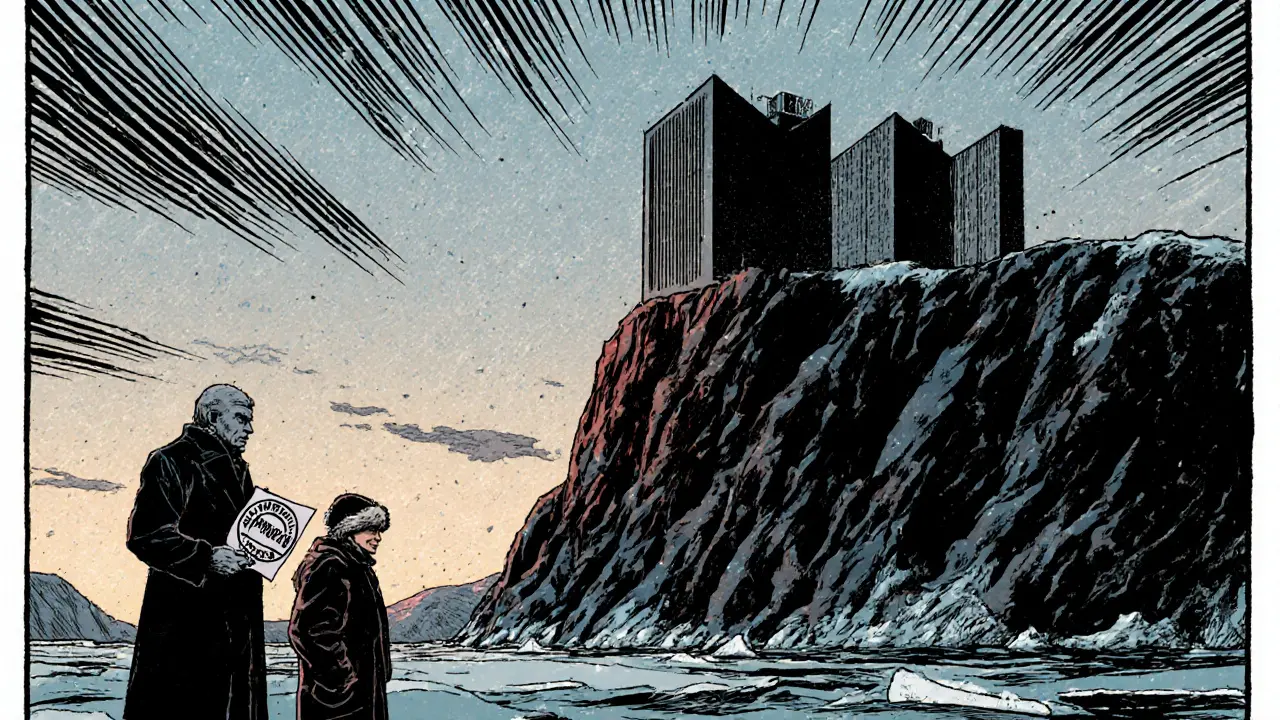
Norway has just rolled out the most restrictive data‑center framework for crypto mining in Europe. If you’re running a mining farm, planning to build a new facility, or simply watching the market, you need to know what the new rules mean, how to stay compliant, and whether it’s still worth the effort.
Key Takeaways
- Effective autumn 2025, Norway will block all new cryptocurrency mining data centers that exceed a power‑intensity threshold.
- All data‑center operators - existing or prospective - must register with the Norwegian Communications Authority (Nkom) before construction or continued operation.
- Non‑compliance can trigger fines up to 5% of annual turnover, one of the toughest penalties in Europe.
- Existing farms can keep running until they decide to shut down, but expansion is prohibited.
- Compared with Iceland, Sweden and Finland, Norway’s approach is a clear outlier, shifting renewable energy toward traditional industry rather than speculative digital assets.
What the New Framework Actually Looks Like
Norwegian cryptocurrency mining data center regulation is a national policy that combines mandatory data‑center registration with a temporary ban on new power‑intensive mining operations, enforced from autumn 2025. The law sits inside the Norwegian Electronic Communications Act, which became active on 1January2025.
The framework has two pillars:
- Registration system - overseen by the Norwegian Communications Authority (Nkom). Every data‑center must file a detailed dossier before construction or major upgrades.
- Temporary ban - enforced jointly by the Ministry of Digitalization and Public Administration (led by Karianne Tung) and the Ministry of Energy (headed by Terje Aasland). The ban targets any new facility that uses the most energy‑hungry mining hardware.
How Registration Works
Operators must submit a single electronic form that captures:
- Company name and legal status.
- Physical address of the data‑center.
- Designated representative for government communications.
- Full service catalogue - including a clear flag if cryptocurrency mining is offered.
- Customer list broken down by public agency vs. private business.
The aim is transparency: by forcing miners to declare their activity, authorities can quickly identify “high‑intensity” operations and enforce the ban if needed.
Failure to register, or providing false information, is punishable by a fine of up to 5% of the company’s annual turnover - a penalty that dwarfs typical GDPR fines in the region.
The Temporary Ban - What “New” Means
From autumn 2025 onward, any new crypto‑mining data center that plans to use hardware consuming more than an undefined “high‑energy” threshold will be blocked from obtaining a construction permit. Existing facilities that were operational before 1July2025 can keep running, but they cannot expand capacity or add new mining rigs.
Minister Tung summed it up: “The Labour Party government has a clear intention to limit the mining of cryptocurrency in Norway as much as possible.” Energy Minister Aasland added that the electricity saved will be redirected to industries that deliver “greater social and economic benefits.”
Because the threshold isn’t publicly defined, many mid‑size operators are waiting for clarification before deciding whether to invest in efficiency upgrades or to relocate.
Impact on Operators - Costs, Risks, and Choices
For miners, the new landscape creates three distinct risk buckets:
- Compliance cost: Legal counsel, registration fees, and ongoing reporting can add up to 0.5‑1% of operating expenses per year.
- Strategic uncertainty: Without a clear energy‑intensity metric, it’s hard to model ROI for new hardware purchases.
- Relocation pressure: Companies are already scouting Iceland, Sweden and North America for friendlier regimes.
Small‑scale miners are the hardest hit because they lack the internal compliance teams that larger data‑center operators can afford.

How Norway Stands Against Its Neighbours
| Country | Policy on New Mining Facilities | Electricity Cost (USD/MWh) | Key Regulatory Body |
|---|---|---|---|
| Norway | Temporary ban on high‑energy new facilities (autumn2025) | ~45 (hydro‑rich) | Norwegian Communications Authority (Nkom) |
| Iceland | Open - incentives for renewable‑energy mining | ~30 | Ministry of Industry & Energy |
| Sweden | Permissive - licensing required but no ban | ~50 | Swedish Energy Agency |
| Finland | Generally open - environmental impact assessment only | ~55 | Finnish Competition and Consumer Authority |
Norway’s policy is the outlier. While Iceland, Sweden and Finland actively attract miners with cheap renewable power, Norway is choosing to protect its grid for manufacturing, public services and other “high‑value” industries.
Legal Overlap - MiCA and Financial Supervision
On top of energy rules, miners must also keep an eye on the EU’s Markets in Crypto‑Assets (MiCA) regulation, which Norway will align with throughout 2025. The Norwegian Financial Supervisory Authority (FSA) is already issuing consultation papers that blend MiCA compliance with the data‑center registry.
In practice, this means a mining company in Norway will need two compliance tracks:
- Energy‑focused registration with Nkom.
- Financial‑services compliance with the FSA for any token‑related activities.
Missing either track can result in simultaneous fines, legal injunctions, or forced shutdowns.
Checklist - What You Must Do Before Autumn 2025
- Verify that your data‑center is already registered with Nkom. If not, file the registration form immediately.
- Document the energy consumption of every mining rig. Keep detailed logs for potential audits.
- Assess whether your hardware exceeds the high‑intensity threshold (once published). If it does, plan an upgrade to more efficient ASICs or consider relocating.
- Engage a local law firm familiar with both Nkom and FSA requirements. One‑off legal advice can save millions in fines.
- Develop a contingency plan: Identify alternative jurisdictions, estimate migration costs, and set a timeline for potential shutdown.
Following this list won’t guarantee a smooth ride, but it dramatically lowers the chance of surprise penalties.
Future Outlook - Will the Ban Stay Temporary?
Government officials have said the restriction is “temporary” to allow a policy review. However, several signals suggest the ban could become permanent:
- Public statements emphasizing renewable energy for “traditional” industries.
- Upcoming climate‑goal assessments that may prioritize low‑carbon, high‑employment sectors.
- Pressure from environmental NGOs that view crypto mining as wasteful.
If the ban extends, miners worldwide may see a shift in hash‑rate distribution toward regions with laxer rules, potentially affecting network security and decentralization.
Frequently Asked Questions
Do existing mining farms have to stop operating?
No. Existing facilities that were registered before 1July2025 can continue running, but they cannot expand or add new high‑energy rigs without risking a violation.
What happens if I forget to register my new data‑center?
The Norwegian Communications Authority can impose a fine up to 5% of your annual turnover and may block your construction permit until you comply.
Is there a clear definition of the “high‑energy” threshold?
Not yet. The government intends to publish technical guidelines later in 2025, leaving many operators in a gray area for now.
How does Norway’s ban compare to the EU’s MiCA rules?
MiCA focuses on consumer protection, market integrity and AML for crypto assets, while Norway’s ban is an energy‑policy tool. Companies must meet both sets of requirements, which can be overlapping but serve different regulatory goals.
Where can I relocate if I want to keep expanding?
Iceland and Sweden are popular due to cheap hydro‑electric power and permissive licensing. North America, especially Texas and parts of Canada, also offers abundant renewable capacity with fewer regulatory hurdles.
Bottom line: Norway is turning its clean energy advantage away from speculative crypto mining and toward more “productive” industries. If you’re already set up here, brace for stricter reporting and a possible end to expansion. If you’re still scouting, the new rules should be a big factor in your location decision.

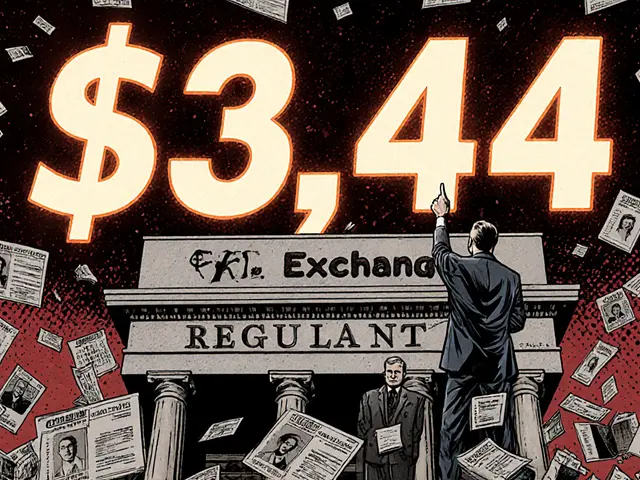

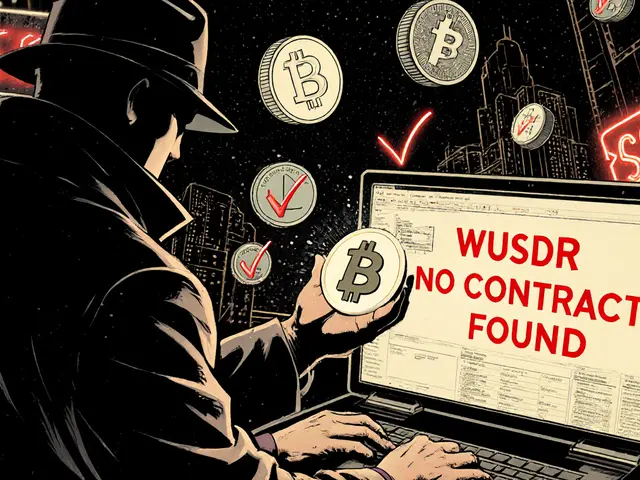
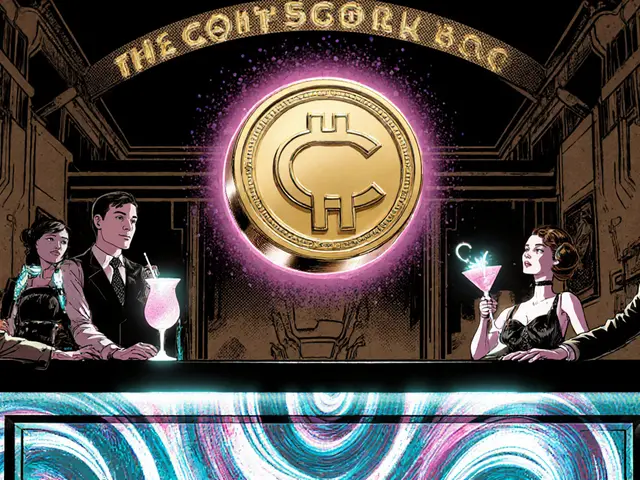
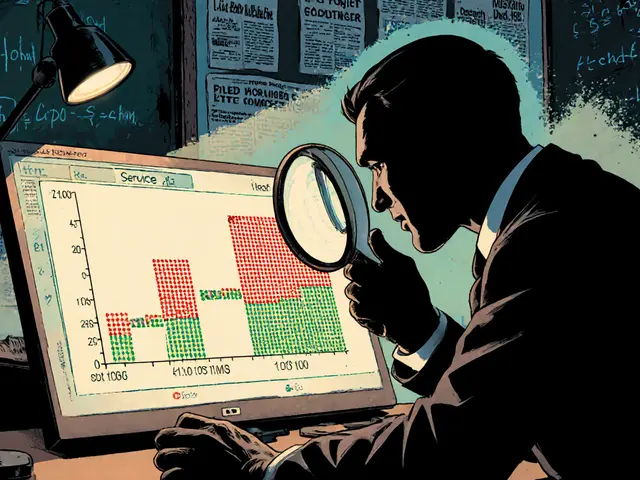
There are 7 Comments
Millsaps Delaine
The Norwegian foray into crypto mining regulation is nothing short of a masterclass in bureaucratic overreach. By constructing an opaque registration system, the state has effectively weaponized paperwork against a technically sophisticated industry, and that is a move that should unsettle any investor with a modicum of prudence. Moreover, the vague definition of “high‑energy” thresholds betrays a deliberate intent to stifle competition without ever committing to a transparent metric, a tactic that reeks of administrative opacity. One cannot help but admire the audacity of imposing a temporary ban that, in practice, may become a permanent barrier, thereby reshaping the global hash‑rate landscape in ways that few have anticipated. The comparison to Iceland’s open policies highlights Norway’s paradoxical stance: a country blessed with abundant hydroelectric power chooses to divert it to traditional manufacturing, essentially denying the nascent sector its most valuable resource. As the ban looms in autumn 2025, existing farms will be forced into a strategic limbo, watching their expansion plans evaporate while scrambling to retrofit inefficient hardware. The potential fines-up to five percent of annual turnover-are not mere symbolic gestures but punitive measures capable of crippling midsize operators whose balance sheets lack the elasticity of larger data‑center conglomerates. In addition, the requirement to register with Nkom introduces a dual compliance burden that intersects awkwardly with the EU’s MiCA framework, creating a legal labyrinth that few can navigate without specialist counsel. This confluence of energy policy and financial regulation exemplifies a regulatory overreach that could set a chilling precedent for other volatile emerging technologies. The strategic uncertainty engendered by an undefined threshold cannot be overstated; it fundamentally erodes the predictability that capital markets demand. While the government touts environmental stewardship, the real beneficiaries appear to be entrenched industrial players, not the broader public. The silent but potent message is clear: the state will prioritize conventional economic pillars over disruptive innovation, regardless of the potential for job creation and technological advancement in the crypto sector. As stakeholders digest these developments, one can only anticipate an exodus of miners toward more hospitable jurisdictions such as Iceland, Sweden, or even parts of North America, thereby diluting Norway’s contribution to global mining capacity. This regulatory drift may also have macro‑level implications for network security, as the redistribution of hash‑rate could centralize power in regions with less stringent oversight. In summation, the Norwegian policy embodies a paradoxical blend of environmental idealism and economic protectionism, a combination that serves to marginalize a burgeoning industry under the guise of public interest.
Jack Fans
Wow, great breakdown!, I think the key thing here is to get your registration in ASAP, because the Nkom deadline is coming fast, and the penalties are huge, especially if you miss a form field, which can happen easily, especially with the new electronic portal, which is still kinda buggy. Also, keep a close eye on the upcoming technical guidelines – they’ll probably clarify that “high‑energy” threshold, and that’ll help you optimize your rig efficiency. If you’re not already, consider hiring a local law firm, they’ll navigate the overlap with MiCA and save you from costly fines. Finally, document your energy usage in detail, because an audit could be on the horizon, and having logs ready will make the process smoother. Definitely don’t wait until the last minute – the registration system is mandatory before any construction or upgrades, and you’ll thank yourself later.
Adetoyese Oluyomi-Deji Olugunna
The whole "temporary ban" feels anything but temporary – it's a strategic move to re‑channel Norway's cheap hydroelectric power away from crypto, which is undeniably a loss for the sector. By keeping the threshold vague, the government ensures they can tighten the rules whenever they see fit, essentially keeping miners in a perpetual state of uncertainty. This kind of policy is typical of a nation that wants to appear environmentally conscious while protecting its established industrial base.
Krithika Natarajan
I understand the concerns, and I hope everyone can find a path forward that respects both the environment and the need for innovation.
Robert Eliason
Honestly, the whole narrative about protecting the grid is just a smokescreen; it's a classic case of the state trying to keep the "new money" out of its energy mix, while pretending to act for the greater good. If you ask me, the ban is a deliberate signal that Norway will prioritize traditional heavy‑industry over the decentralized potential of crypto, which is both short‑sighted and ideologically driven. The fact that the thresholds are still undefined only adds to the perception that this is a power play, not a genuine environmental effort.
Donald Barrett
This policy is a disaster. It shows total incompetence-regulators were clearly clueless about the industry and are now dragging everyone into a bureaucratic nightmare. If they wanted to protect the grid, they'd invest in actual infrastructure, not impose meaningless bans that will push miners to less regulated jurisdictions and possibly make the grid even more vulnerable.
Christina Norberto
In the grand tapestry of regulatory philosophy, Norway's recent edicts represent a profound ontological misalignment between state authority and technological autonomy. The co‑optation of energy policy to subvert decentralized financial innovation betrays a dialectical failure to reconcile the imperatives of sustainability with the emancipatory potential inherent in blockchain architectures. One must, therefore, question whether such legislative interventions are predicated upon a genuine ecological ethic or merely an expedient stratagem to consolidate economic hegemony. The ramifications, both epistemic and material, warrant a rigorous hermeneutic analysis.
Write a comment
Your email address will not be published. Required fields are marked *